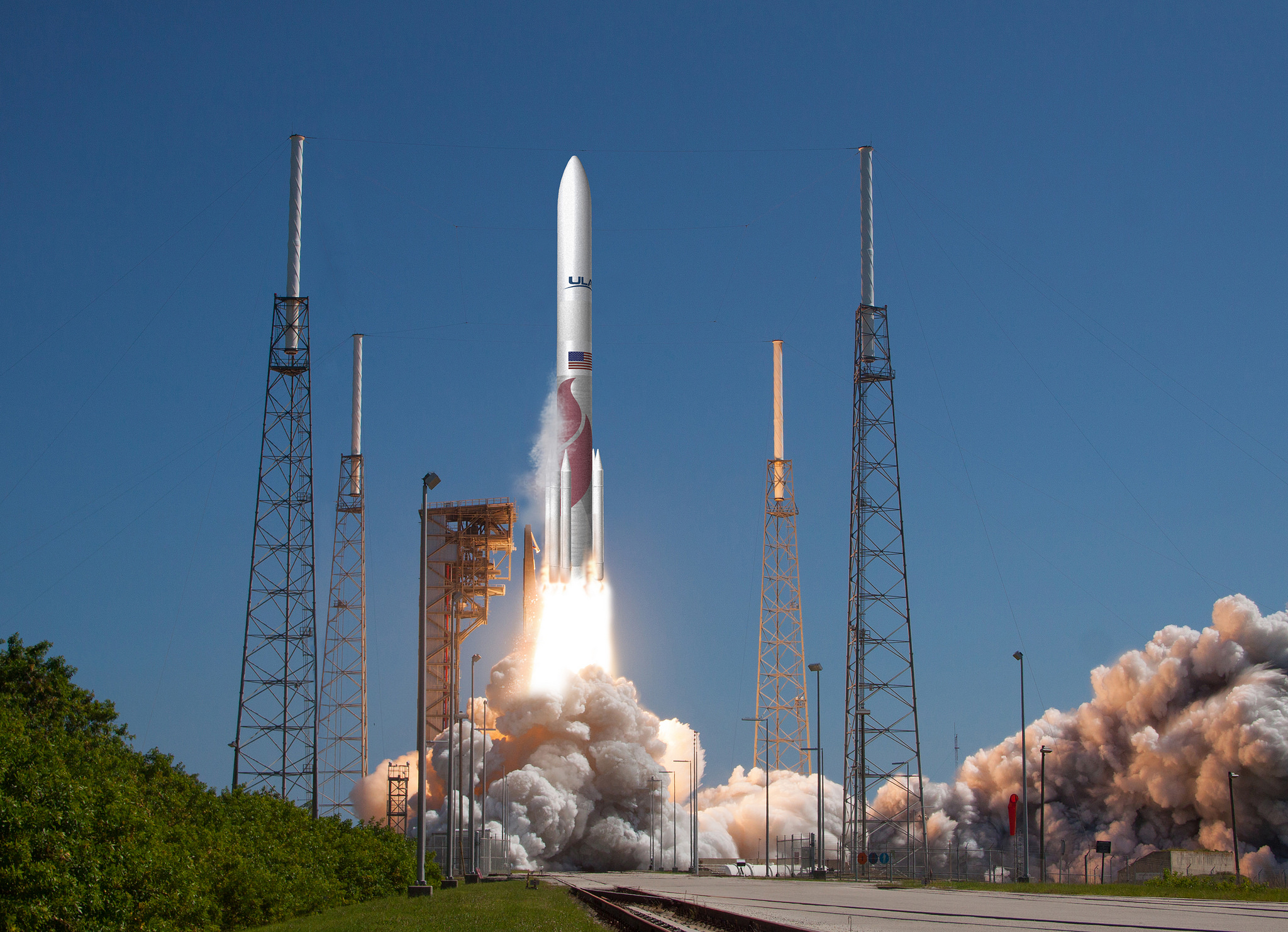
ULA’s answer to the competitive launch services market, the Vulcan Centaur rocket, is well on its way to becoming a reality, as the company provided an update this afternoon on the status of the new booster’s development.
The next generation single-core rocket will replace the company’s current fleet of workhorse Atlas V and Delta IV launchers, which have served the United States very well for many years. With a maximum liftoff thrust of 3.8 million pounds, Vulcan will be able to haul 56,000 pounds to low Earth orbit, 33,000 pounds to a geo-transfer orbit and 16,000 pounds to geostationary orbit.
A single launcher to serve all missions, whether to Earth orbit, the Moon, Mars, or Pluto.
The rocket’s design is now nearly complete, and preliminary design and critical design reviews have been completed as well.
“Vulcan Centaur will revolutionize spaceflight and provide affordable, reliable access to space for our current and future customers,” said Tory Bruno, ULA’s president and CEO. “We are well on our way to the introduction of Vulcan Centaur – the future of U.S. rocket manufacturing. With state-of-the-art engineering and manufacturing techniques, this rocket is designed specifically for low recurring cost.”
“We have been working closely with the U.S. Air Force, and our certification plan is in place,” added Bruno.
ULA also confirmed that they have selected Blue Origin’s BE-4 engine to power the Vulcan’s first stage off the Earth, over Aerojet Rocketdyne’s AR1 engine. The liquefied natural gas-fueled booster will rely on a pair of BE-4 engines, each producing 550,000 pounds of sea level thrust to launch the rocket and its payload off Earth; nearly 25% more powerful than the RS-25 which powered the space shuttles.
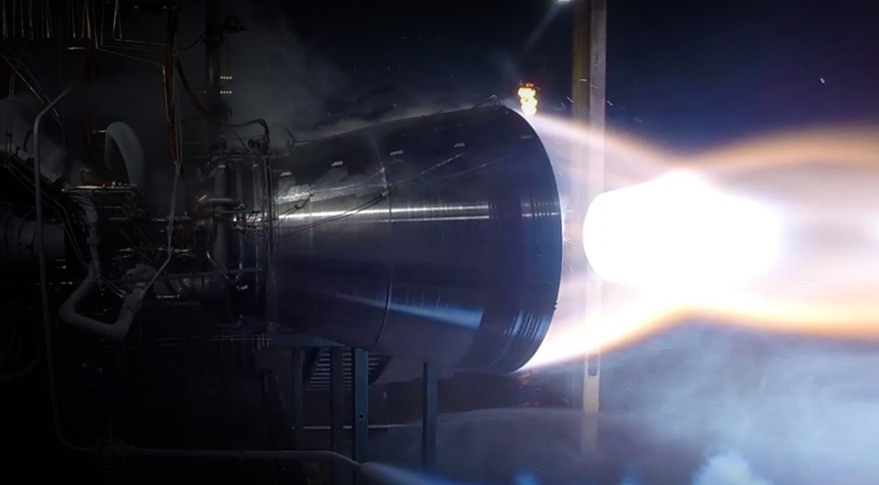
Neither ULA nor Blue Origin disclosed terms or costs of the agreement, but it should be noted that development of the BE-4 was funded by Jeff Bezos and his company, whereas AR1 development is funded by the U.S. Air Force. Matter of fact, Aerojet halted any further internal funding of AR1 earlier this year.
Northrop Grumman strap-on solid rocket boosters will provide additional power, when needed, depending on the demands of the mission’s flight profile.
“We are pleased to enter into this partnership with Blue Origin and look forward to a successful first flight of our next-generation launch vehicle,” said Bruno.
“We are very glad to have our BE-4 engine selected by United Launch Alliance. United Launch Alliance is the premier launch service provider for national security missions, and we’re thrilled to be part of their team and that mission,” said Blue Origin CEO Bob Smith. “We can’t thank Tory Bruno and the entire United Launch Alliance team enough for entrusting our engine to powering the Vulcan rocket’s first stage.”
“ULA has chosen the best systems available to create the Vulcan Centaur,” said Bruno. “These engines and components will ensure ULA continues to lead the way in space exploration, maintain our record of success and remain America’s launch vehicle for our nation’s most vital missions.”
Two variations of the booster will serve whatever needs NASA, the USAF, or commercial markets demand.
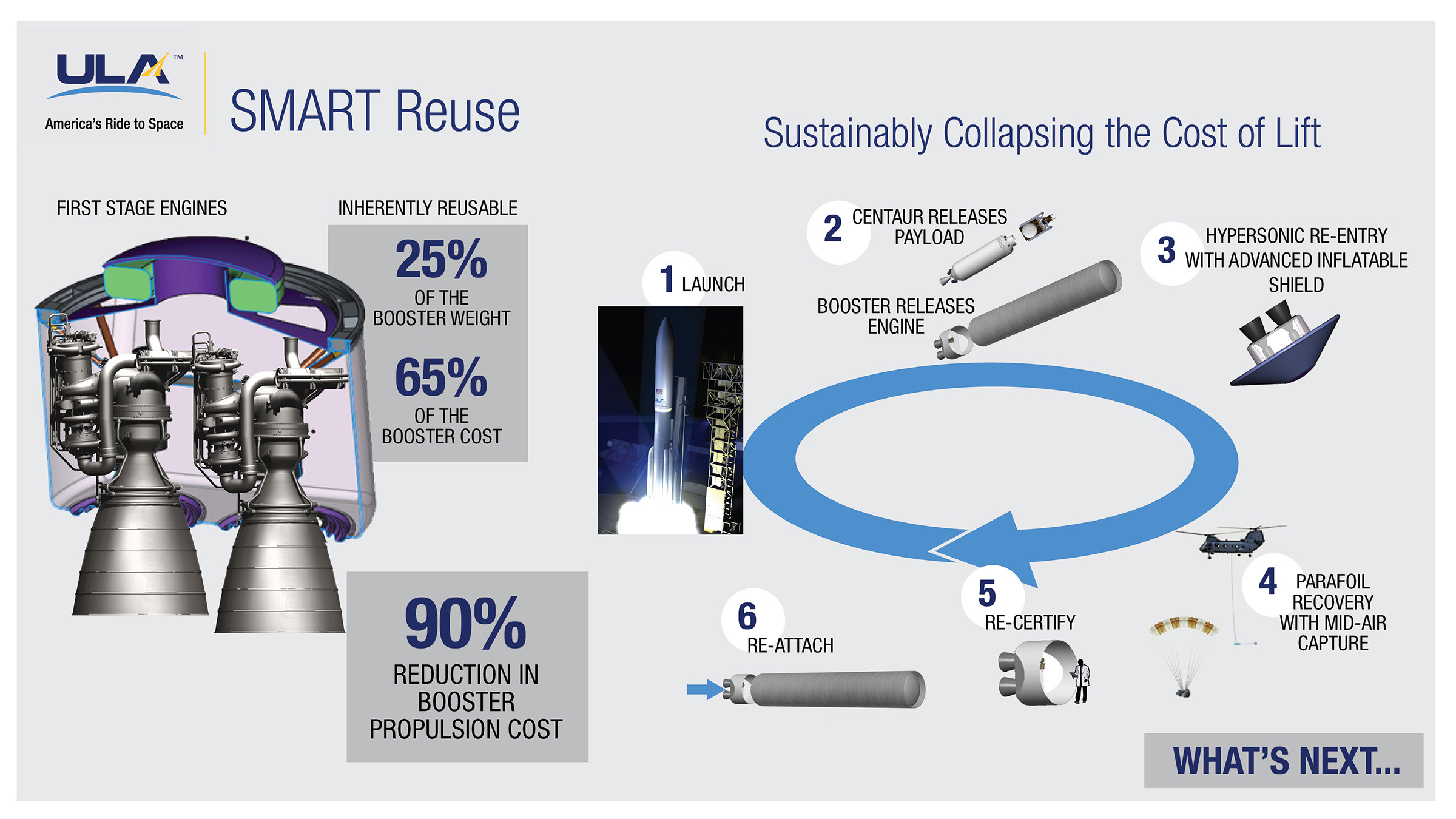
The first will consist of a single booster stage, the high-energy Centaur second stage and either a 4- or 5-meter-diameter payload fairing. Up to four solid rocket boosters will augment the liftoff power of the 4-meter configuration, while up to six SRBs can be added to the 5-meter version.
ULA is targeting the first launch of the new rocket in mid-2020.
The second variant of the Vulcan Rocket will replace the Centaur upper stage with a more powerful Advanced Cryogenic Evolved Stage (ACES), which will enable Vulcan to reach the capability of today’s Delta IV Heavy (which just launched NASA’s Parker Solar Probe to the sun).
According to Bruno, Vulcan will cost “less than half” of the current $400 million heavy-lift rocket. Wiith ACES, Vulcan can achieve almost “unlimited burns, extending on-orbit operating time from hours to weeks,” said ULA previously, and therefore providing a greater capability than any competing rocket currently on the market.
Eventually ULA will reuse the BE-4s too, which account for over half of the cost of the rocket, capturing them in mid-air with a helicopter.
It’s also worth noting, ULA’s selection of the BE-4 also means they will use an engine designed by a launch competitor, since Blue Origin is developing their own rocket, the New Glenn, which will launch under the power of seven BE-4 engines. And the sales of BE-4s to ULA will most definitely help fund New Glenn’s development.
FOLLOW AmericaSpace on Facebook and Twitter!
.




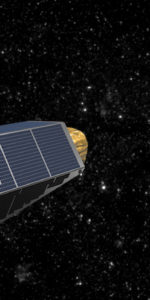
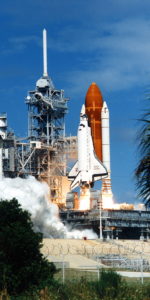
Do you think the rest of the world is stuck in your dates Imperial system? Too not include metric is narrow minded.
Look at SpaceX,they do.You American’s think the world revolves around you.
I believe they are explicit about being Americans writing primarily about the American aerospace industry.
I believe masses for the Apollo landings were calculated in slugs. You should pleased they didn’t use slinches.
Furlongs per fortnight.
I’d like to see Boeing pull out of the ULA. The Delta 4 is a proven rocket that could be improved. I don’t buy into the “it’s too expensive” story. It’s amazing that Spacex had to jump through hoops to get its rockets accepted by the military, even after doing many successful satellite launches while Blue Origin gets this huge contract and has never launched a satellite. There are interesting things Rocketdyne could do with the AR01; 1)replace the Russian engines on the Antares, 2)build a 7 engine competitor to The New Glen using the J2X as the 2nd stage, 3) use the SLS solids with 2 or more AR01 engines to supplement the SLS. As an aside I’d like to see the DOD pay for all solid rockets flown. Sort of like a farm subsidy. The future is in liquid fueled reusable 1st stages; maybe 2nd stages too. But the DOD does need to keep it’s solid fuel industry alive, and military contracts are not enough. So why not pay for it.
Wow I am just so glad that we now have a Space Force to pay for this new Vulcan System, the Senate Launch System and the Gateway Projects for the Moon, Mars, Titian and wherever the BFR goes so the Elites can keep close eyes on SpaceX…I am sure they don’t want Musk pulling to many Big Tax payers off Earth.